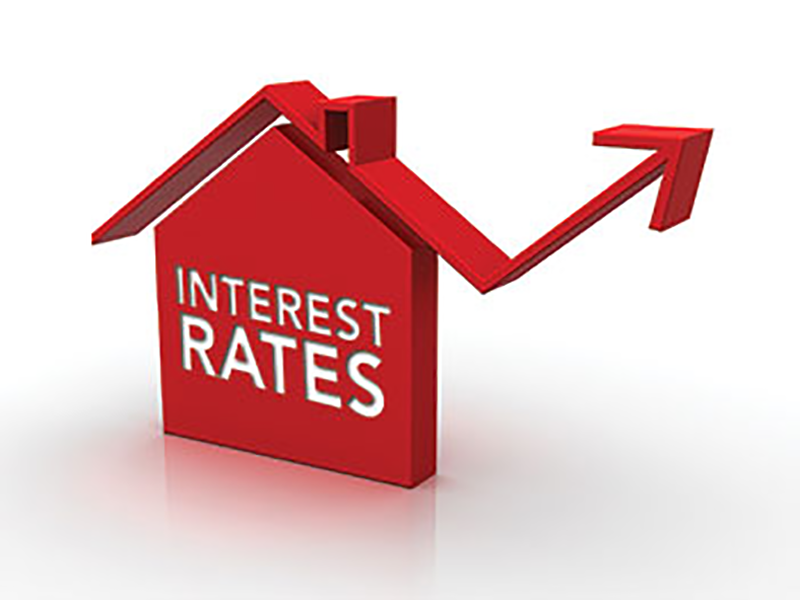Fed Hikes Interest Rates for Fourth Time in 2018
The Federal Reserve Bank raised its benchmark interest rate a quarter percentage point and signaled fewer hikes in 2019, in a move not unexpected by the CRE community.
By Holly Dutton
 After three previous hikes this year, most recently at the end of September, the Federal Reserve once again raised interest rates a quarter percentage point, from 2.25 to 2.5 percent. Fed Chairman Jerome Powell announced the rate hike at a press conference Dec. 19.
After three previous hikes this year, most recently at the end of September, the Federal Reserve once again raised interest rates a quarter percentage point, from 2.25 to 2.5 percent. Fed Chairman Jerome Powell announced the rate hike at a press conference Dec. 19.
The move was not unexpected, as many economists and CRE executives had predicted the Fed would hike rates multiple times in 2019. Powell cited a healthy U.S. job market and the economy rising at a strong rate as reasons for the hike, intended to also help tame inflation. Additionally, the bank cut its projected hikes for 2019 from three to two.
“Today went pretty much as I thought,” said Ryan Severino, chief economist at Jones Lang LaSalle, in a statement to Commercial Property Executive. “They would hike, revise down their forecast slightly, and soften their statement a bit. I think the markets were looking for more than that. It doesn’t really change my outlook – I still think 2019 will be a more challenging environment for CRE. Even if we assume that one fewer rate hike is good for CRE, it ultimately means that the Fed believes economic growth will be slower than they previously thought.”
Severino added that the move to hike rates was a smart one by the Fed, even if it proves unpopular to the financial community.
“If the Fed backed off simply to placate public markets a bit (which isn’t their job) they run the risk that things get away from them if the economy stays pretty strong while they aren’t hiking as much,” he said.
Spencer Levy, chairman of Americas Research & senior economic advisor with CBRE, told Commercial Property Executive earlier this week that along with trade issues with China, inflationary pressure could be a big factor in the economy in 2019.
“The two keys to watch are inflationary pressures—wage inflation in the monthly jobs report—causing the Fed to act faster, and this trade deal, which are probably the two biggest factors that would precipitate a material upside or downside surprise,” said Levy.







You must be logged in to post a comment.